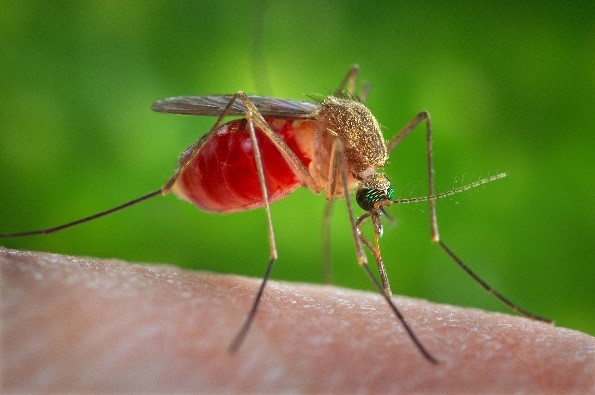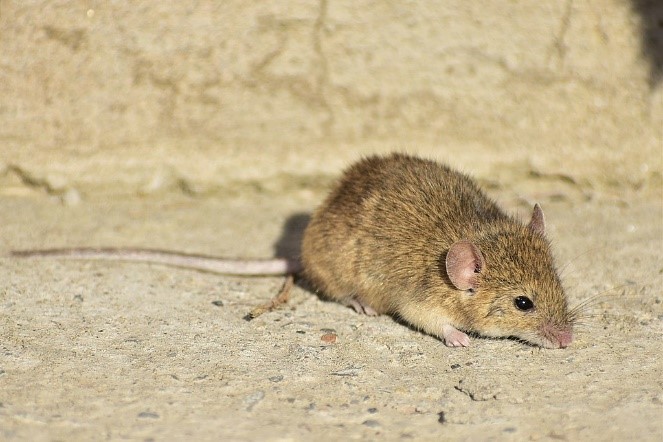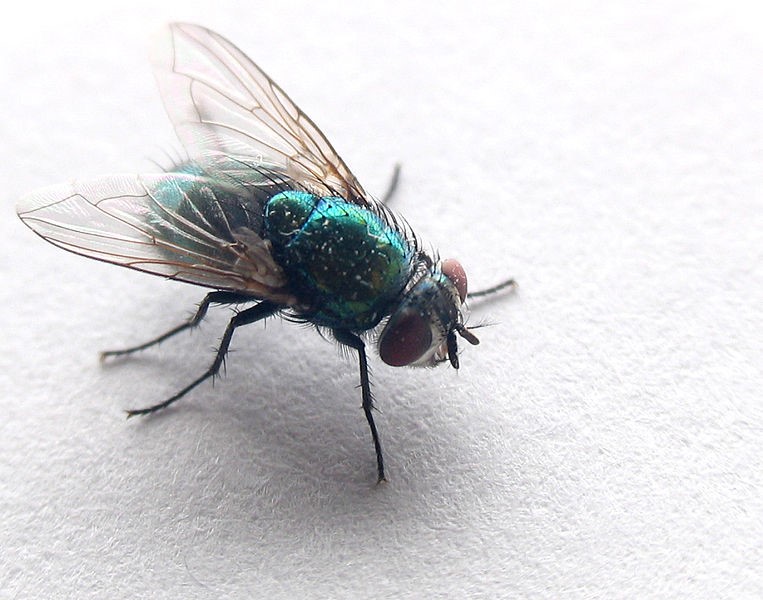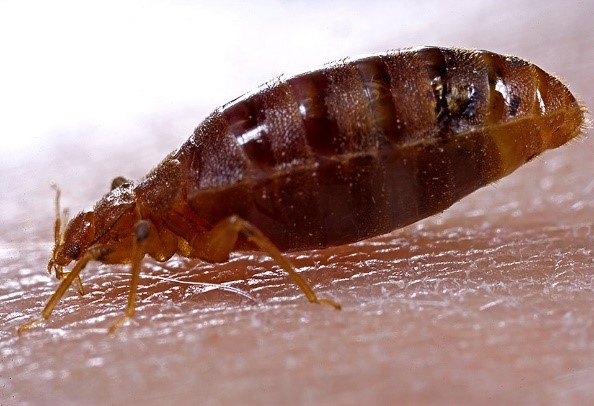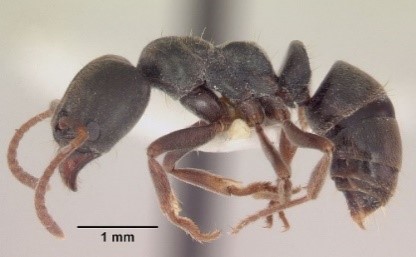Hospitality Industry

Many of the hospitality facilities, open 24 hours a day, have restaurants, recreation areas, laundry rooms, and other areas that harbor various types of pests. These facilities are at risk for many pests because of many pest hot spots are commonly found in these facilities, incoming supply shipments from many different distributors, movement of large numbers of people (residents, employees, and visitors), and people often bring pests with them on their belongings, movement of many items (food and other supplies) within the facilities aids pest dispersal, people often leave debris that provides food and breeding grounds for pests, kitchen and food storage areas provide sources of living (such as food, moisture, warmth, and harborages), the landscaped garden and fountains can harbor pests, and outside lighting can attract pests from outside.
Failure to control pests by pest control operators in hospitality facilities can lead to serious consequences and concerns. Legal consequences because failure to control pests leads to fines, closure of the premises, fines, and prosecutions. The discovery of a single pest in the hospitality facilities can prevent customers from entering or re-entering these facilities (reputation or poor publicity concern). Therefore, cleanliness is imperative for customer acquisition and retention, so lodging and hospitality customers are highly motivated to control pests.
Business pest control is crucial in the hospitality industry, and ETS fully understands the complexity of the hospitality facilities in many of the critical risk areas. Our inspectors provide the best value in pest control by laying out an IPM plan and providing quality assurance and proper procedures and techniques with feasible pest solutions.
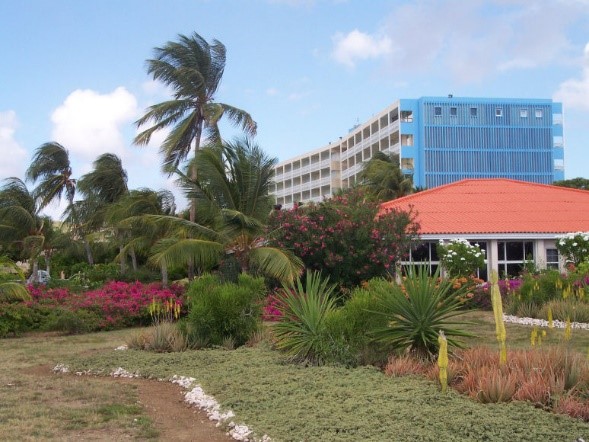
Pests Attracted to Hospitality Facilities:
Click on each pest to learn about its general description, life cycle, common characteristics, damages, and economic or medical implications.

